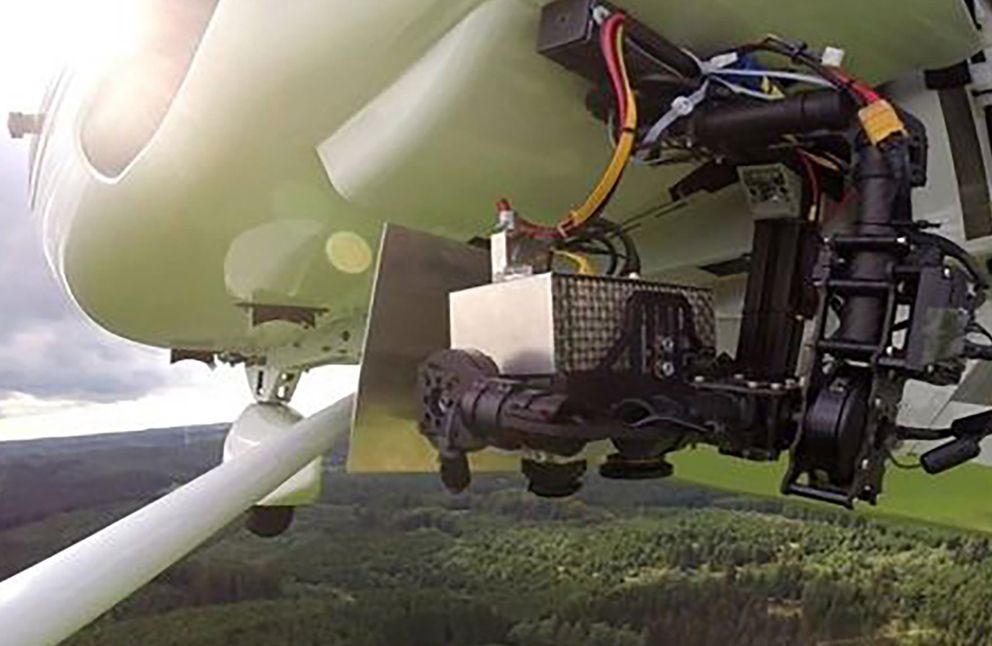Thermal Aerial Images from Allied Vision cameras
News Release
Haaksbergen, the Netherlands
21 Dec 2015

The Application Center for Multimodal and Airborne Sensor Technology (known in Germany as AMLS) has entered into the battle on behalf of the German Federal Institute of Hydrology against “dead zones” in water bodies.
With Allied Vision cameras on board a gyrocopter, the Center recorded water and shoreline temperatures with the goal of validating mathematical and physical models of temperature development.
Rising oxygen deficiency in water bodies alarms not only fishers and environmental protection groups with regularity, but is also a topic to which research institutes have continuously dedicated themselves. The water or surface temperature of water bodies is an important parameter for determining oxygen content and, in turn, water quality. AMLS initiated a project with the goal of performing extensive measurements from the air in critical areas. The collected data will enable further analysis and testing of mathematical models, as well as the definition of measures to prevent and improve aquatic hypoxia. In a pilot project during the summer of 2015, the first measurements were performed on the Tidal Elbe between Hamburg and Stade.
The creation of aerial images is usually a costly process in which cameras are attached to airplanes or helicopters. Very recently, however, a new class of small, manned aircraft has opened up affordable alternatives. Gyrocopters use a driveless rotor to gain altitude and a machine-operated propeller for thrust. A high-resolution camera can thus capture images with great detail from a high altitude. Researchers from AMLS availed the advantages of this lightweight yet powerful aircraft and developed the compact AMLS remote sensing image capture system. It consists of an image capture unit attached to a gyrocopter that, using cameras from Allied Vision, generates aerial images. The ground temperature is captured with the aid of the Pearleye P-030 thermal imaging camera, while a reference image is delivered to cartographers by the simultaneously running Mako G-419.
At an altitude of 1,300 meters (4265 ft.), the aircraft flew as often as possible over the surface. With each pass, lasting approximately 45 minutes, a total of 276 photographs were taken in accordance to a specific flight plan. A precise navigation system in combination with software integrated into the image capture system ensured that the route was followed accurately and that images were always recorded at the same location. The flight route, type, and quantity of images were all defined in advance. Even parameters such as image overlapping, flight altitude, resolution and image rates were predefined. “The cameras that was used, Pearleye for thermal images and Mako for high-resolution reference photos, gave us outstanding image material that enabled a very precise analysis of relationships on the ground. In particular, over the course of time the images permit conclusions on problem zones and their causes,” stated Immanuel Weber of AMLS in summary of the thermal flight mission results.
Maps with the imposed temperature data demonstrated, for instance, clear temperature differences in the water, according to the soil condition of the tidal zones and tide levels. Significant temperature differences could also be observed between fields with varying vegetation or uses. Using valid data collected in this manner, mathematical models could be tested, which gave scientists a basis for defining effective measures for prevention and improvement. The gyrocopter as well as the camera technology from Allied Vision will be put to use in the future also over other bodies of water whose oxygen levels regularly drop to critical levels.